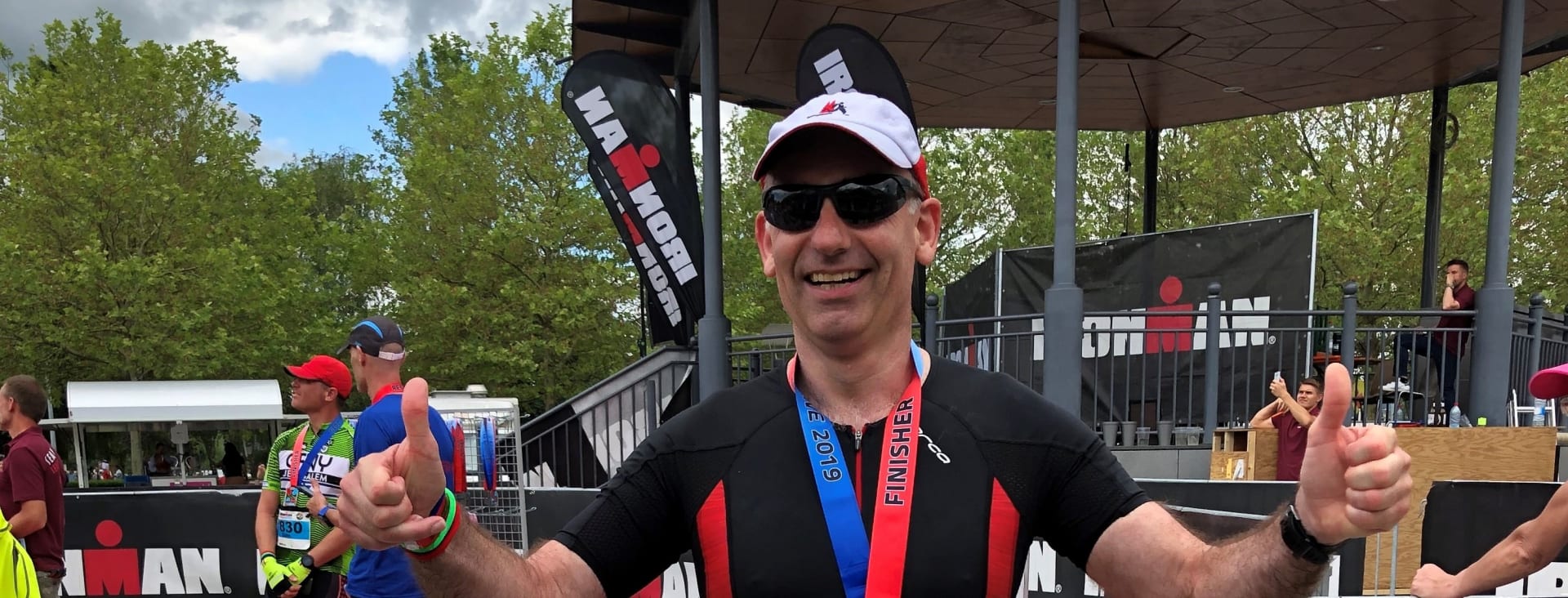What triathlon teaches us for project success!
Many first recoil when they hear the word “triathlon”. They have swimming, cycling and running over not inconsiderable 51.5km (Olympic distance) 113km (middle distance/Ironman 70.3) or even 226km (long distance/Full Ironman) in mind. But just because it’s not easy, that’s what makes it so appealing – and there’s a lot to learn. Everyone can then use what they have learned in their job. It has helped me enormously.
Even great projects start with a first step
At the beginning there is the analysis that something needs to be changed and improved. It may be the pressure of competition or the feeling that customers expect more than the current offering, or the general conditions change and you have to react in an agile way. But in sports it’s like in business: Rome wasn’t built in a day.
In a triathlon, you quickly run out of breath if you just keep going. That’s not the way to reach your goal. “Just do it!” can quickly lead you in the wrong direction.
Good preparation is everything
A triathlon competition needs to be well planned and prepared. Months in advance, people think about how to train, what time to invest in swimming, cycling and running. There are different strategies: Build endurance, further strengthen strengths, fix weaknesses or achieve a (minimum) goal in all areas. One’s own performance capability, but also enthusiasm and commitment, must be realistically assessed in order to define achievable goals.
Successful projects need good planning. The project manager must assess what is realistic to achieve a goal in a certain period of time with a certain amount of resources. Too low goals are not ambitious enough, unachievably high goals often enough mean failure. Realism paired with ambition is the right mix in sports as in business!
Get support for success
No matter how good a triathlete is, it is always good to have a coach (or trainer). The view from the outside brings possibilities for improvement. The coach has experience, can give specific tips as well as identify further development potentials and also brings improved training planning to prevent mistakes and undesirable developments, which the athlete usually would not have been aware of.
The situation is similar in project planning and implementation: A project is enriched by the view from the outside. An independent consultant brings in his experience, questions things, gives tips and suggestions for improvement. He assesses scheduling and resource allocation from a different perspective and identifies weak points before they become obstacles.
Everything must mesh
Triathlon is also a battle of materials. A good triathlon bike, a wetsuit for faster swimming or good running shoes are immensely important. If you think simply buying the most expensive is the way to go, you’re wrong. It is a matter of putting together the best mix with a given budget that is optimally suited to you. And it makes sense to save a little on the purchase of a wetsuit, which is then invested in better running shoes, for example.
In projects the consideration must also be made: A well-coordinated team is more successful than many difficult “high-performers” – more togetherness, consideration and community feeling brings more than isolated top performances without consideration for the colleague.
The devil is in the details
When the triathlon competition comes around, good preparation pays off. However, it is only half the battle. You also have to be prepared for eventualities. If you get a flat tire while riding your bike, you need a puncture kit so you can repair it quickly and get going again. But you also have to be prepared for setbacks: The competition is stronger than expected, the headwind blows harder – here it is important not to be upset and to react accordingly. Can I “push” again against the competition or do I cycle too hard because of the headwind and then make up time on the run? The experienced triathlete has already played through situations beforehand and has a “Plan B” ready for something like this.
The parallels to projects are obvious here as well: planning is repeatedly called into question by imponderables during implementation, and you have to have the right answers. Simply “close your eyes and get through it” does not help. Adapting the implementation to new circumstances is just as necessary as having a “Plan B” if you can’t get anywhere with the previous approach.
Success has many fathers and mothers
If the triathlete then happily crosses the finish line and has achieved his or her goals, it is right to be happy, but also to pay respect to all those who were involved. Coaches, the physiotherapist, the family, but also the bike mechanic, the running shoe consultant have all contributed their part to success. This should not be forgotten!
At the end of a successful project, not everyone who has contributed is in the limelight. However, it is important to appreciate them all so that they continue to contribute to the success today and tomorrow. The feedback that their contribution is seen is important!
Conclusion
I have been an active amateur triathlete for many years. The experience I have gained has helped me to advance in many projects in my profession. In addition to my professional education and experience, this is a third pillar that I would not want to do without and that enriches me.
We would like to offer you the opportunity to discuss your own scenarios as well as challenges together and to support you within the framework of our Potential analysis and strategic planning – DTPA. We are happy to work with you in all areas from idea development to planning and realization.
Arrange a non-binding consultation (gladly also as video conference) by eMail at martin.arnold@dtpa.tech or by cell phone +49 1573 3706464.



